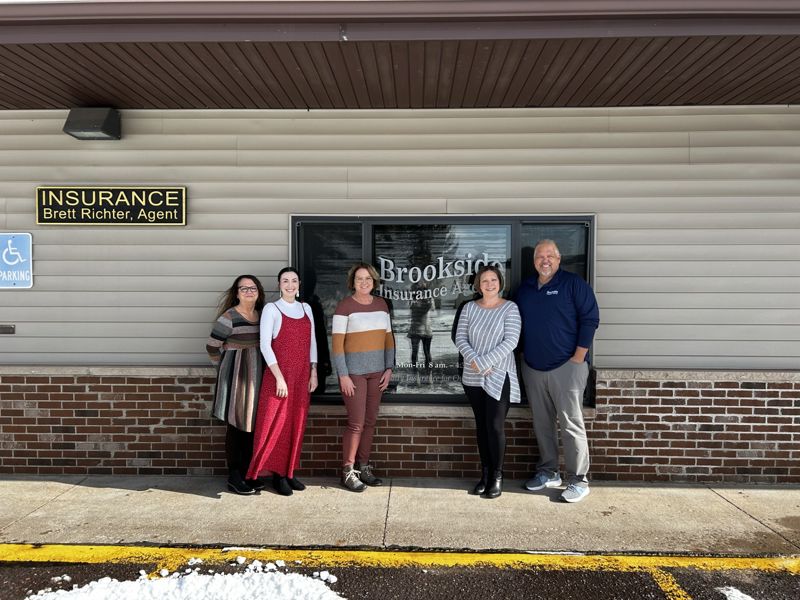Back-To-School Driving Tips
Millions of students are headed back to school this fall. It's a good time to educate yourself and drivers alike on the rules of the road around school busses, in school zones, dangers of distracted driving and how to keep pedestrians safe.
School Bus
According to the National Safety Council (NSC) some 25 million students' nationwide travel to and from school on a bus. The NSC reports that school buses are considered the safest mode of transportation because of their size and construction, causing only one percent of all student fatalities during school travel times. Even though this statistic is low it's still one percent too high.
- Keep at least 15 feet of space between your car and the school bus
- Never pass a school bus that is stopped; most will flash a stop sign on their left side as a reminder when stopped but don't assume all busses have that feature
- Remember that in the State of Wisconsin it is the law for school busses to stop at all rail road crossings
- Drive with caution if you see yellow hazard warning lights flashing on a moving bus
- Watch for children gathering near a school bus - children are notorious for darting toward a school bus without looking for traffic
- Make sure that your child wears their safety belt while riding in the bus.
Distracted Driving
A school zone is any area near a school or crosswalk leading to a school. School zones typically have speed limits between 15 and 25 mph and fines for speeding in these areas usually double.
- Slow down and obey all traffic laws and speed zones
- Be on the lookout for school crossing guards and follow their signals
- Never pass a vehicle, change lanes or make U-turns in a school zone
- Unless licensed to do so, never use handicap or emergency vehicle lanes to drop off or pick up children in a school zone
- Watch for children on bicycles in school zones
Pedestrian Safety
According to a study by Safe Kids Worldwide, one in six drivers in a school zone were distracted by cell phones, music, engaging in conversation, smoking, eating, grooming or reaching for something.
- Pedestrians typically have the right-of-way at all intersections
- Don't stop with a portion of your vehicle over the cross walk as this may force the pedestrian to go around your vehicle putting themselves at risk of being struck by another vehicle
- Never honk your horn or rev your engine to rush or scare a pedestrian
- Expect that pedestrians do not see you.
Almost there!
We need a little more information from you. Once this form is submitted you will be able to utilize the resource requested.
By requesting this resource, you are agreeing to receive email communications from Ansay. You can unsubscribe at anytime via your preference center.
Not allowed
You are attempting to download a resource that isn’t available to you.



